Super Smash Bros. Ultimate Review: Is it worth playing now?
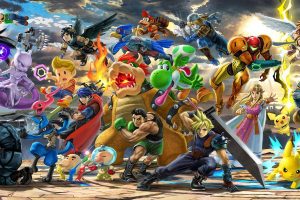
Super Smash Bros Ultimate launched in 2018 for the Switch and promised to be the epitome of the franchise, bringing back every single fighter that had ever appeared in the series, along with a wealth of new characters.
Recent Smash entries have always struggled to live up to the peak of the series that was Melee, with Brawl and then Smash Bros for Wii U slowing things down and removing techincal moves that the more hardcore players loved. Ultimate promised to up things in the speed department, leading to some players beleiving it would be a return to greatness for the series. So is Ultimate the best Smash ever? Is it worth playing now? Let’s find out…
Smash Ultimate is available from Amazon here.

The Good
Roster and fan service: Ultimate really does make good on the promise that “Everybody’s here!”. Over 80 fighters and aa staggering 1,200 Spirits (essentially trophies from the previous games) spanning almost 200 of gaming’s greatest franchises are included, culminating in a rich tapestry that really is a love letter to videogame history. The novelty of seeing beloved characters from different franchises pummel each other hasn’t gotten old yet, and in Ultimate its appeal is stronger than ever.
Core gameplay: Simply put, Smash is fun to play. Ultimate is a slight iteration over Smash Bros for Wii U, with the classic core gameplay remaining identical – deal enough damage to your foe to then knock them off the stage. Dodging, double jumping, recoveries, smash attacks and special attacks all make a largely unaltered return, with the differences much more on the subtle side than anything groundbreaking. Ultimate feels lighter and quicker than Brawl and Wii U, with things being slightly slower than Melee, but still feeling fluid and fun, and crucially anyone can pick up a controller and have a good time within minutes.
Customisability: As a series, Smash has evolved into a true feast of customisability, with the game bending over backwards as it attempts to cater for any conceivable style and set up of match. Want to play an 8 player 50 stock vs match without any items on a flattened version of your favourite stage with music from a different game? No problem. Everything from the controls to the in-game physics can be tweaked until you have your perfect Smash setup in Ultimtate, and it’s all very welcome.
What’s old is new again: Smash Ultimate is very much a feast for the eyes, as every single stage that has appeared in the series makes a glorious remastered HD return. Old favourites from the original and Melee like DK Jungle, Hyrule Castle and Fountain of Dreams all look just wonderful here, and the music is back to match.
Background matchmaking: Whilst the online in Ultimate leaves a lot to be desired, there’s a lovely little feature that allows you to continue playing the rest of the offline modes while it matches you up with someone. Something all games should do.
Graphics: Ultimate has a nice style that feels like an improvement upon Wii U Smash, more pleasing to the eye than the washed out pastilisation of Brawl. It succeeds in the daunting challenge of making all the characters feel like part of one cohesive in-Smash universe, whilst also staying true to the styles of original games, which of course vary wildly. An impressive feat of design.
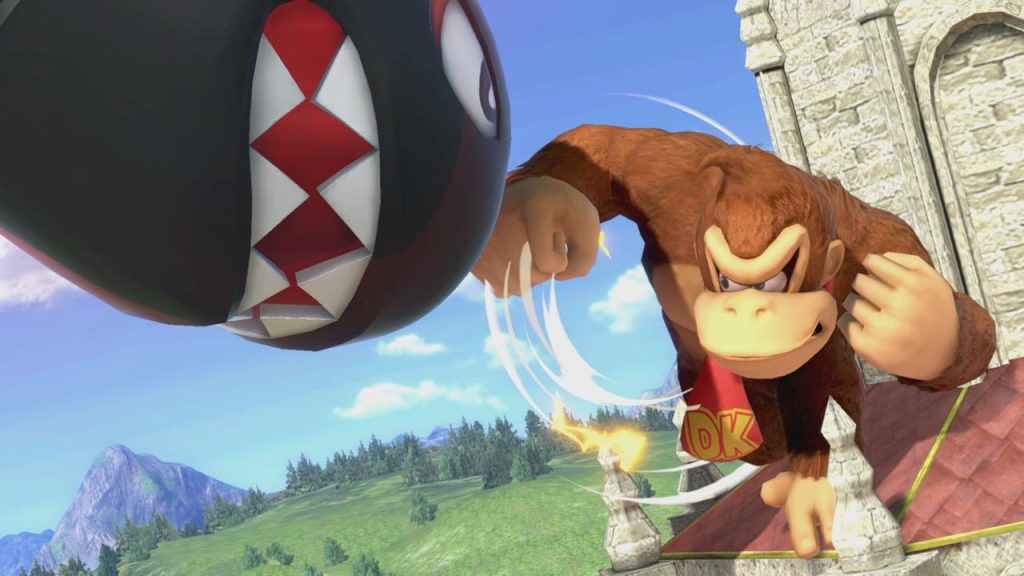
Unlockables: One of the great hooks of the series since Melee has been the unlockable content you uncover along the way. No matter which game mode you’re playing, you’ll be progressing to some form of unlockable in the background. The thrill of finishing a battle and then discovering what you’ve unlocked is an effective hook that keeps you playing. In Ultimate, the sheer amount of content is almost overwhelming – over 80 fighters, hundreds of ‘Spirits’ (i.e. trophies), music tracks, achievements and more are continuosly on offer as you play the game.
Fine art: Two peices of art stick out in Ultimate, The World of Light’s map is a wondrous piece of sprawling beauty, a hand painted overworld filled with references, details and variety. The painted mural of the characeters is also a treat, a dense tapestry of detail containing every character in the game, and the better you fare in Classic mode, the more you reveal.
Stickerbook: Another feature is the sticker book, which acts as a list of unique achievements (still waiting on that actual Achievemnt system Nintendo…). Each page of the book relates to a different mode in the game, and you’re granted a sticker if you hit one of the achievents – e.g. hit the highest difficulty level in Classic Mode, or beat Marth with Mewtwo in VS mode…etc. It’s another nice unlockable that scratches that dopamine itch.
Credits game: The fun ‘Shoot the credits’ game at the end of a Classic mode run returns, allowing you to shoot and earn points for every member of Nintendo staff that worked on the game. Don’t want to play? Press start and skip the whole thing.
Music and Sound: As soon as I heard the King K Rool boss battle music from Donkey Kong Country I knew they’d knocked it out of the park in terms of the score. It’s mind boggling how much music there is in the game from the various franchises represented, full games worth of scores are all accessible and can be attributed to every stage for custom games, allowing you to listen to your favourite medleys from any series on any stage. Truly an ultimate compendium.
New characters: As well as ensuring every single old character returns (welcome back Snake and Ice Climbers!) there’s an even more generous swathe of new characters on offer – highlights include the aforementioned King K. Rool, Inklings from Splatoon, and Castlevania’s Richter and Simon. DLC packs bring even more fighters into the mix, with the undoubted highlight being Banjo & Kazooie finally making their long awaited appearence in the series. At last it’s really hard to think of any notable absentees, with only the other rival console mascotts really missing, though at this point Master Chief showing up wouldn’t even be all that surprising.
Modes: There are just so many. All the classics (like Classic..) are back, but with some great new additions. All Star Bash is a personal fave, where both players go through the entire roster of fighters, picking one fighter per match, but each fighter can only be picked once, and the player with the most wins after all fighters have been depleted wins. There are so many modes, some having modes within modes, and exploring them is great fun.
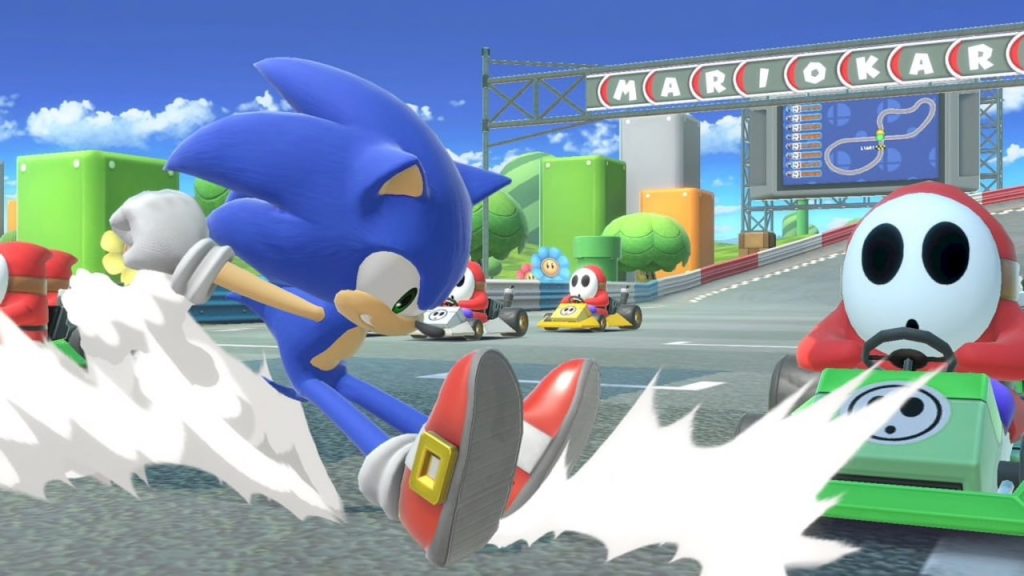
Mixed
Unique Classic Mode: My favourite mode in Smash, Classic, is sadly sidelined to the ‘Games and More’ section in Ultimate (it took me a while to actually find it) but thankfully Nintendo haven’t done it too much of a disservice. Each character has their own ‘themed campaign’, based on their own character. For example Kirby faces opponenets who love to eat things like Yoshi, Pac Man and Dedede; Roy faces only sword wielders, etc. It’s neat and keeps the classic mode fresh, however it feels far too short, and worse – only contains one mini game where you ollect glowing orbs, and every character has the same stage. And it’s pretty boring. Where’s my break the targets with unique layouts? Where is my trophy grab mode? It’s such a shame, particularly considering how much the other single player mode, World of Light, is such a let down.
Unlockables: Whilst there may be a tonne of content in Ultimate, more on paper than any other entry to the series, something just feels off about the way you unlock all. Melee and Brawl had lovely notifications when you unlocked something with an achievement, and whilst these are techinically still there in Ultimate, it just doesn’t feel… satisfying. The magic of unlocking characters feels a bit off, as you’re exposed to the ‘mural’ early on which effectively spoils them, and trophies have been ditched in favour of stickers, which just are not the same. You unlock a load of weird currency too, which applies to the World of Light single player game, which is swiftly forgotten about . All in all, a swing and a miss for the ‘unlocking’ in Ultimate.
Fire Emblem much? There are so many characters in Ultimate, and so many great, unique ones. However, there are quite a few that either feel like filler (Dark Pit?) Or feel a bit too unknown/irrelevant to really warrant including. Why are there so many Fire Emblem characters?
Assist Power: Assist Trophies and Pokemon make a trimphant return as fun tools to use against your opponent. There are more Pokemon than ever, and so many assist trophies that I was still seeing new characters appear after tens of hours of gametime. They do however seem to be a bit too powerful – assist trophies in particular lasting for a good while, some strong enough to kill you from 0%. Perhaps the devs were proud of what the trophies could do and how they looked, so maybe they let them linger to show them off?
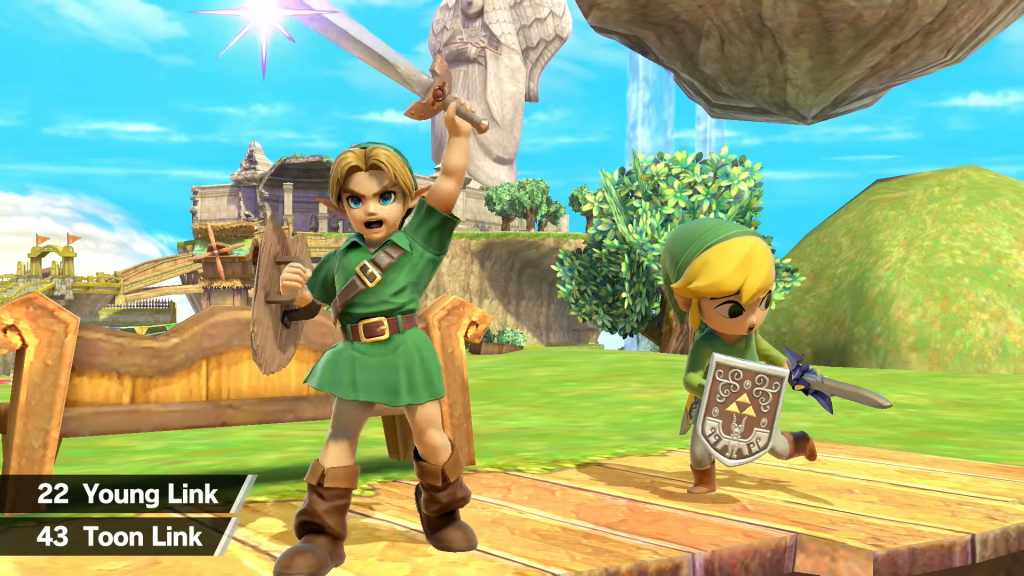
Ultimate Smash: The super powered smash moves look great, and every character with their own flashy unique move is impressive. Sadly they just aren’t that fun, and vary wildly in effectiveness – from guaranteeing a kill to barely scratching an opponent depending on which character you are. Fun at first, but toggled off in the options after not very long.
DLC: The DLC for Ultimate has been comprehensive, with dozens of new fighters and costumes added to the already generous roster. It’s just a shame it’s paid, and at a non-unreasonable but not exactly bargain-level price. Characters fans have wanted for ages like Banjo & Kazooie and Minecraft Steve are fantatic additions, it’s just a shame I can only see them being played by other online players unless I pay for them myself! And speaking of online…
Online: It’s so near yet so far for Ultimate’s online mode. There are some great features and options, like Smash tags when ou beat players, matchaing happening in the bakground whilst you play the offline game, and finally the choice of your preferred mode and options. Sadly however, it fails where it really matters – the netcode. Matches are more often stuttery than they are smooth, ruining the moment-to-moment gameplay. It’s frustrating.
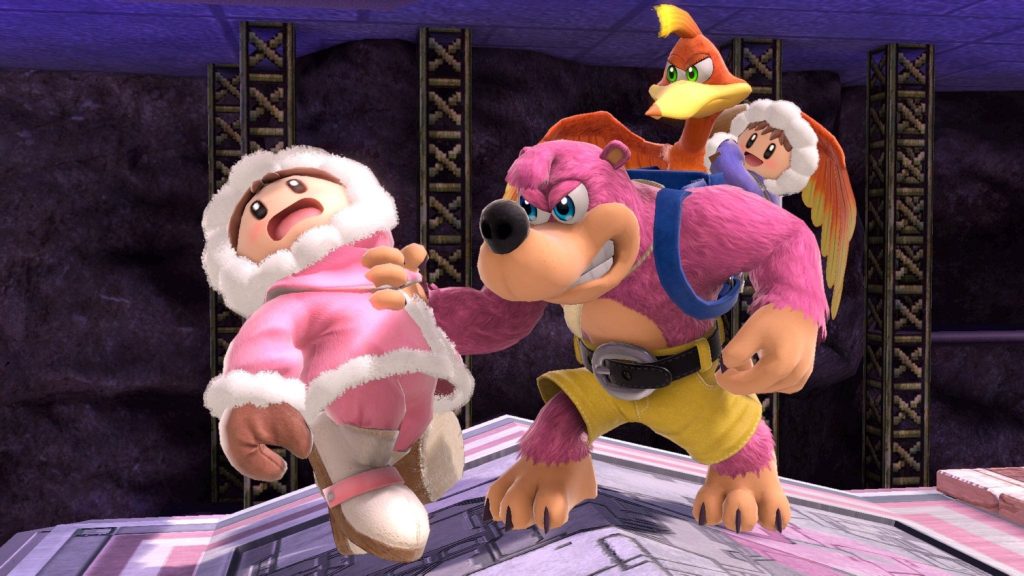
The Bad
Spiritual: There are no trophies in Ultimate – instead, you gather ‘Spirits’, a loose term for a character reference from another game, that you utilise in the World of Light single player. I’ve got two problems with replacing trophies with Spirits. 1) There’s no informaiton that comes with the Spirit. Just a name and the game they’re from. Melee had a nice blurb to go with every trophy, so you knew the context of the trinket/character you’ve just found. 2) There’s no tangible feel to the Spirits. They’re just digital images of their character. A trophy felt like a physical award, and you could zoom in and around them in your trophy cabinet. The Spirits just exist in a void in Ultimate, and as such don’t feel as satisfying or valuable to acrue.
Skill tree: Since Brawl, Sakurai has tried to jam in RPG elements into Smash, and it just doesn’t work. In World of Light you can work through a skill tree, getting stronger moves and perks, and all it does is make your favourite character feel weaker when you actually play one of the other modes.
Heavy: Ultimate has the best ‘feeling’ fighting since Melee – it’s faster and lighter than Brawl, and feels more fluid than Wii U, but it doesn’t quite have that perfect light speed feel that Melee nailed down so well. Things somehow still feel just slightly less responsive than Melee, and characters feel a touch more sluggish than they should. It’s not a deal breaker whatsoever, but I just found myself wishing things were polished a bit more in the moment-to-moment gameplay.
Pointless: Where’s my points breakdown at the end of each stage in Classic mode for my stylish accidental victory?
Intro Music: Seriously one of the flat-out worst parts of the game, the song is an affront to the ears. I know some people like it, but the high pitched voice and cheesey lyrics do nothing for me and for my money don’t fit with Smash.
Rock Paper Spirit: The World of Light is the main adventure mode, and it has it’s plusses as mentioned above. One annoying part however, and this is tied to the Spirit system, is you have to play a game of rock paper scissors with the spirits you have before each fight – if a foe is equipped with a red spirit, you have to pick green to have the edge of them, and likewise for green vs blue, etc. I assume this was put in place to encourage more use of different Spirits, but having to go into the menu and rearrange them for every fight becomes old very quickly. What’s more, there are other convoluted elements ot the spirit system that just serve to confuse rather than add value. Spirits themselves can level up, all the way up to 99, which you achieve by using them. Or sending them on expeditions..? (still confusing to me now). You can also sell a Spirit for the chance to get more Spirits. It feels like the devs wanted to create a real collectathon feel, but got lost along the way and just crammed as many half-thought out concepts in. All the system does is serve to complicate and put off the player form playing the World of Light, which really should’ve just been a giant board full of fun battles.
Shooting Spirit: When you unlock a character, you have to defeat them in battle first, as you always have and should. But of course once defeated, you have to engage in a strange shooting game where you have to time a shot to shoot their Spirit for some reason, to complete the unlocking. Why?
GSP: Each character you play with has a ‘Global Smash Power’ indicating how well you’ve done with them. But you as a player also has GSP, and I think GSP changes depending on what mode you’re playing. I don’t know. And I don’t care.
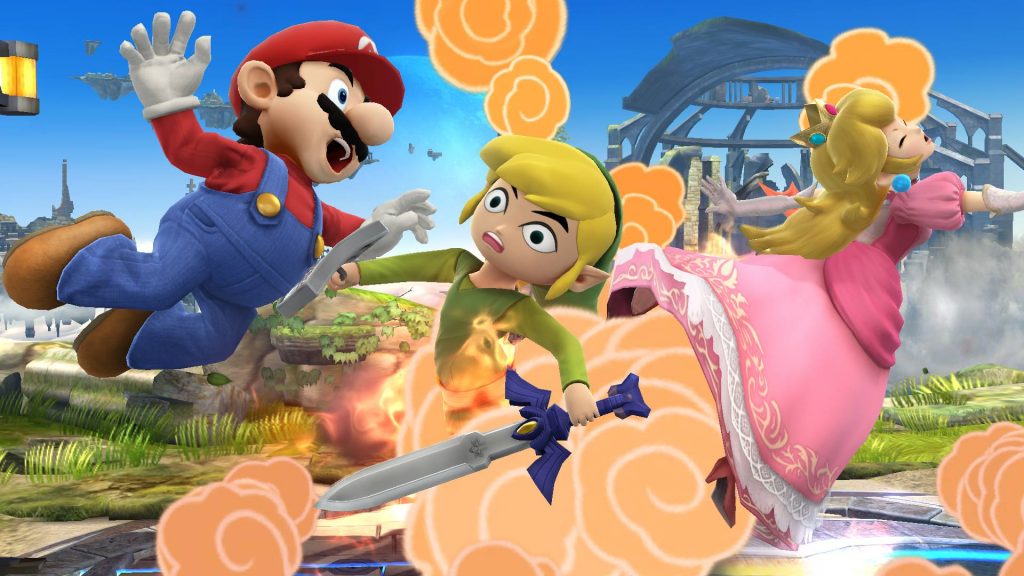
Overall
In many ways Smash Ultimate is a triumph – a complete celebration of videogame history. The giant roster, the attention to detail in the characters and the stages, the beautiful art and host of game modes are all impressive. As a game however, it’s somehow less than the sum of its parts. Due to its faults – unacceptably lackluster online, slightly sluggish gameplay and convoluted single player – I found myself not wanting to come back to it. In all honesty, once the novelty of the huge roster wears off, you’re left with a game that is inferior to the best of its predecessors in both single and multiplayer aspects. Is it worth playingh now? Not if you have access to a GameCube and a copy of Smash Bros Melee.
7/10
Smash Ultimate is available from Amazon here.
Check out more of our reviews here.